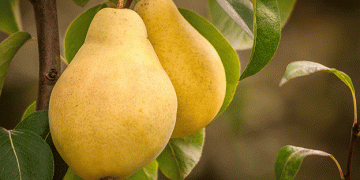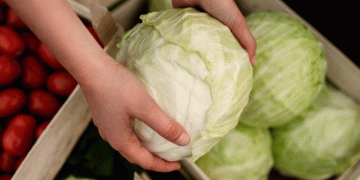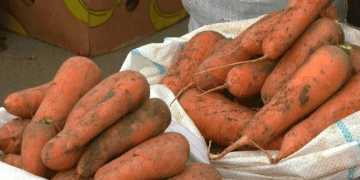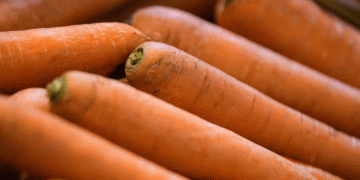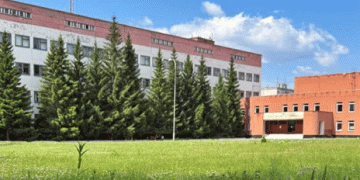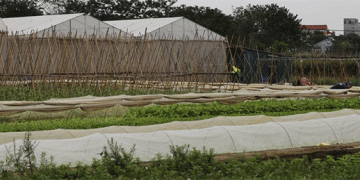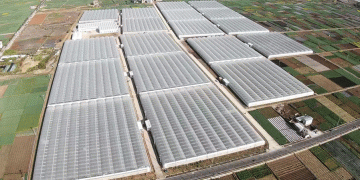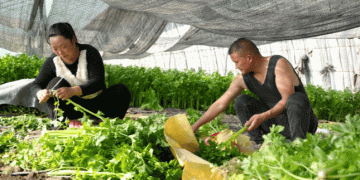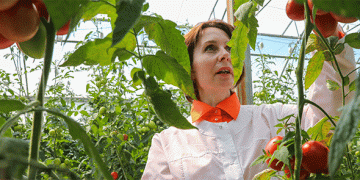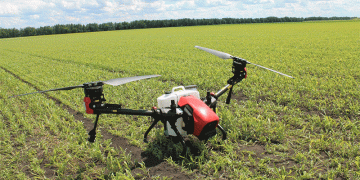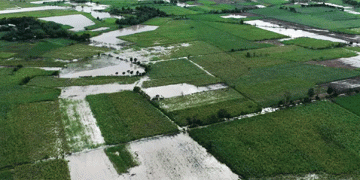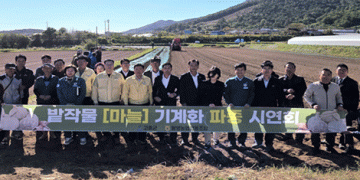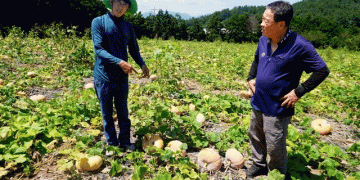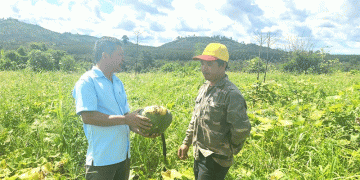In mid-March, Quanlan Village in Tongling City’s Yi’an District transforms into a vibrant expanse of blooming rapeseed flowers. The golden fields, juxtaposed with the village’s rustic charm, create a picturesque tableau that captivates both residents and visitors alike. This phenomenon mirrors similar events across China, where regions like Huangshan and Chongqing celebrate the rapeseed bloom as a herald of spring.
Economic and Agricultural Significance
Rapeseed cultivation holds substantial economic value for local farmers. Beyond producing canola oil, rapeseed flowers attract tourists, thereby boosting local economies through agritourism. For instance, Baiyun District has promoted large-scale canola cultivation, integrating agricultural production with tourism to enhance economic benefits. Similarly, Chating Town in Hunan Province has developed cultural tourism centered around rapeseed flowers, planting over 10,000 mu (approximately 666.67 hectares) to integrate agriculture and tourism for rural revitalization.
Ecological Benefits and Sustainable Practices
Beyond their aesthetic and economic contributions, rapeseed flowers play a crucial role in sustainable agriculture. They serve as cover crops, improving soil health and preventing erosion. Additionally, rapeseed cultivation supports biodiversity by providing habitats for pollinators such as bees, which are essential for the pollination of various crops. Implementing crop rotation with rapeseed can also break pest and disease cycles, reducing the need for chemical interventions.
The annual rapeseed bloom in Quanlan Village exemplifies the harmonious integration of agriculture, economy, and ecology. For farmers, agronomists, and agricultural scientists, it underscores the potential of combining traditional crop cultivation with modern agritourism and sustainable practices. Embracing such integrated approaches can lead to enhanced economic returns, environmental benefits, and community development.
